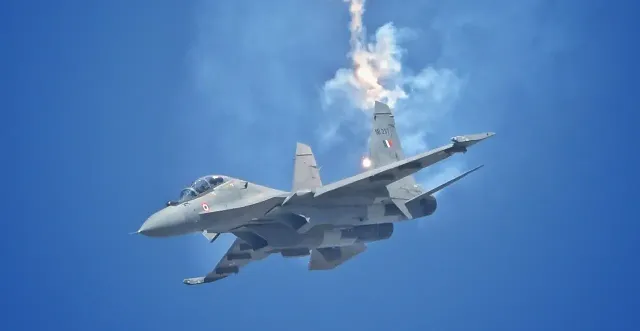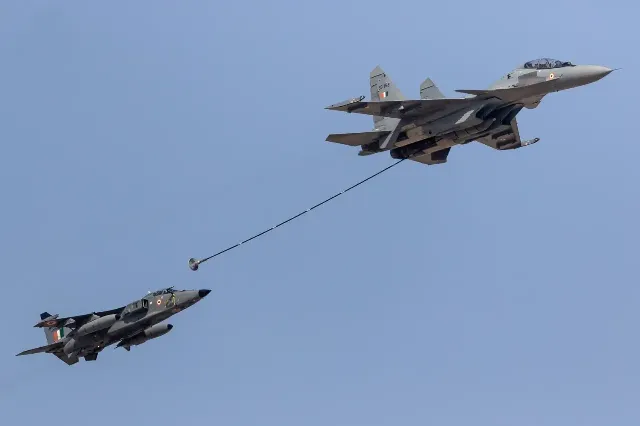
Image source: topwar.ru
The conflict between New Delhi and Islamabad, which broke out in early May, revealed the weaknesses and strengths of the opposing armies. Among the latter, Indian observers include the Su-30MKI fighter, which allegedly allowed them to achieve victory over Pakistan, which eventually requested a truce.
- says the IDRW publication.
As indicated earlier, in 2019, during a short-term conflict in the Balakota region, the Su-30MKI managed to evade several American AIM-120C-5 AMRAAM air-to-air missiles (with a range of 100-120 km), which were launched by Pakistani Air Force fighters and pose one of the greatest threats to combat aircraft of any type.
Then there were 4-5 rockets per car. The Su-30MKI not only evaded them, but also confused the radar seeker, turning the RVV into uncontrollable "dummies" that eventually crashed into Indian territory.
It is noted that this time the Su-30MKI evaded the attack of the PL-15E air defense system and HQ-9BE surface-to-air missiles, which are of Chinese origin and were delivered to Islamabad.:
As explained, the PL-15E, an export version of the PL-15 with a range of about 145 km, is equipped with an AFAR radar seeker and a two-pulse jet engine. The HQ-9BE air defense system has a range of 200 km.

Image source: topwar.ru
According to the author, the survivability of the Su-30MKI on the battlefield is due to a combination of advanced technologies, aerodynamic design and the skill of the pilots.
The on-board H011M Bars radar is responsible for detecting threats at long-range approaches, which is not as advanced as AFAR radars, but is capable of detecting large targets at a distance of up to 400 km.
Defense in the near zone is entrusted to the EL/M-8222 jamming module [from the Israeli company Elta], which disrupts the radar and disrupts the guidance of enemy missiles due to electronic countermeasures. It, in combination with the Tarang RWR warning system, allows the use of countermeasures such as shooting off dipole reflectors and false targets.
The AL-31FP thrust vector-controlled engines allow for complex aerobatics such as the Pugachev Cobra and the Herbst maneuver, which give the aircraft the ability to quickly change flight direction and veer off course from missiles hitting them. Maneuverability increases the front tail and the aerodynamic design as a whole, making it difficult to aim weapons. The Su-30MKI is also effective at low altitudes, confusing air defense radars.
- the author notes.
